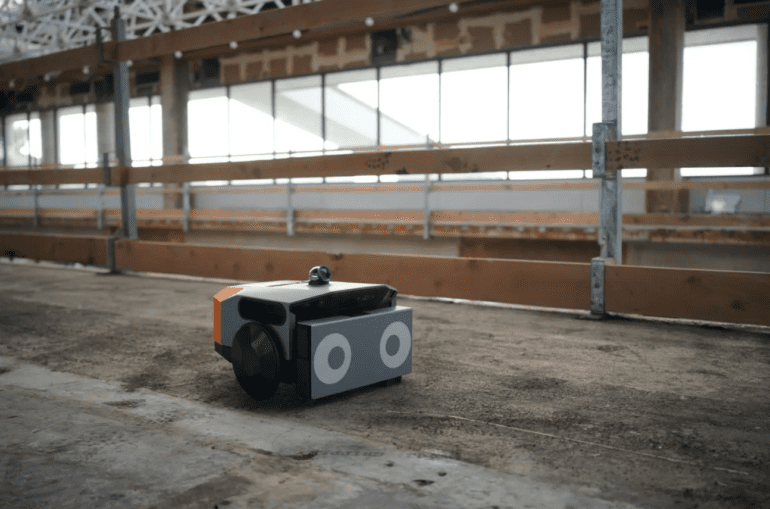TL;DR:
- Dusty, known for its construction automation solutions, introduces FieldPrinter 2, a successor to its first-gen robot, enhancing automation in construction processes.
- FieldPrinter 2 features a smaller size, improved precision, and advanced navigation capabilities, making it more efficient in site layout tasks.
- The robot is now controllable via iPad, providing a user-friendly experience.
- Dusty also launches the FieldPrint Platform, facilitating the seamless integration of digital data into real-world construction sites.
- Tessa Lau, Dusty’s CEO, emphasizes that Dusty offers an integrated software+hardware solution for accuracy, communication, and efficiency.
- The construction industry, valued at $2 trillion in the U.S., is increasingly embracing automation solutions to address labor shortages.
- Dusty faces competition, including HP’s SitePrint, in the growing market of construction automation.
Main AI News:
Dusty, the trailblazing player in construction automation, has made significant strides since the debut of its FieldPrinter in 2019. Revolutionizing the construction landscape, this autonomous mobile robot brought architectural blueprints to life by skillfully sketching chalk outlines on site floors, effectively eliminating the ambiguity in a field where guesswork is undesirable. The company proudly reports that its first-generation robot has already covered over 91 million square feet of ground.
Today, the Bay Area-based startup unveils its highly anticipated sequel – FieldPrinter 2. Much like its predecessor, this cutting-edge device retains its endearing feature of big, friendly eyes, an ingenious touch that seamlessly integrates automation into the workplace. While FieldPrinter 2 may be smaller in stature compared to the first generation, this reduction in size enhances its maneuverability, enabling it to navigate around obstacles with ease.
FieldPrinter 2 boasts remarkable improvements in its capabilities. It now prints with greater precision, getting closer to edges and even introducing the concept of “shadow printing” behind columns. Weighing in at a mere 23 pounds, this robot is equipped with a wider print head and an array of on-board sensors for enhanced navigation. Moreover, it can be conveniently controlled via an iPad, offering users a more intuitive experience.
In addition to the remarkable FieldPrinter 2, Dusty introduces the FieldPrint Platform, a groundbreaking development centered around BIM-to-field integration. This platform seamlessly bridges the gap between digital information and real-world construction sites, streamlining the flow of data from the design phase to the field and back to the trailer.
Tessa Lau, the co-founder and CEO of Dusty, highlights the significance of the FieldPrint Platform, stating, “Our new FieldPrint Platform supports the seamless flow of data from the design phase to the field, and back to the trailer. More than just a robot, Dusty provides an integrated software+hardware solution that architects, designers, and field operators utilize to achieve unparalleled accuracy, communication, and efficiency.”
The construction industry is currently at the forefront of robotics innovation, with its vast $2 trillion market in the United States alone. With the ongoing challenges of labor shortages, automation has become a vital solution in various aspects of the construction process. Dusty’s groundbreaking innovations have garnered significant attention, but they are not alone in this endeavor. Notable competitors, such as HP’s SitePrint, are also vying for a piece of the pie in this evolving industry landscape.
Conclusion:
Dusty’s latest innovations, FieldPrinter 2 and the FieldPrint Platform, signify a significant advancement in the construction automation sector. With the construction industry’s increasing reliance on automation to combat labor shortages, Dusty’s integrated solutions are poised to play a pivotal role in delivering accuracy, communication, and efficiency to the market. However, it’s worth noting that competition, notably from HP’s SitePrint, underscores the growing demand for such innovative solutions in the construction industry.

